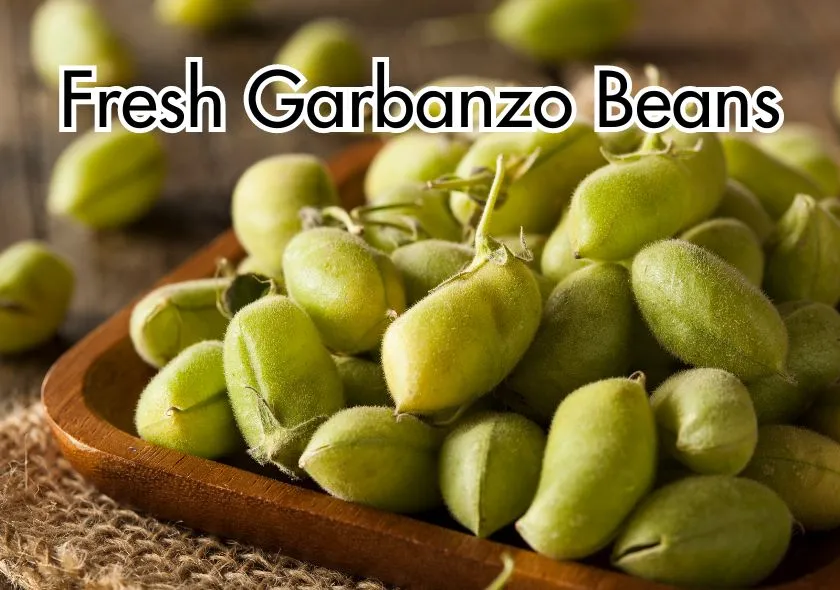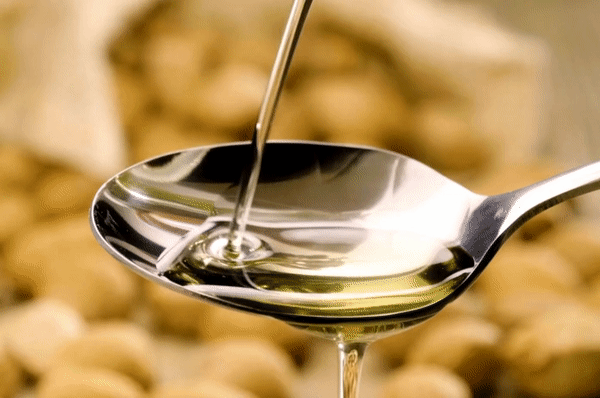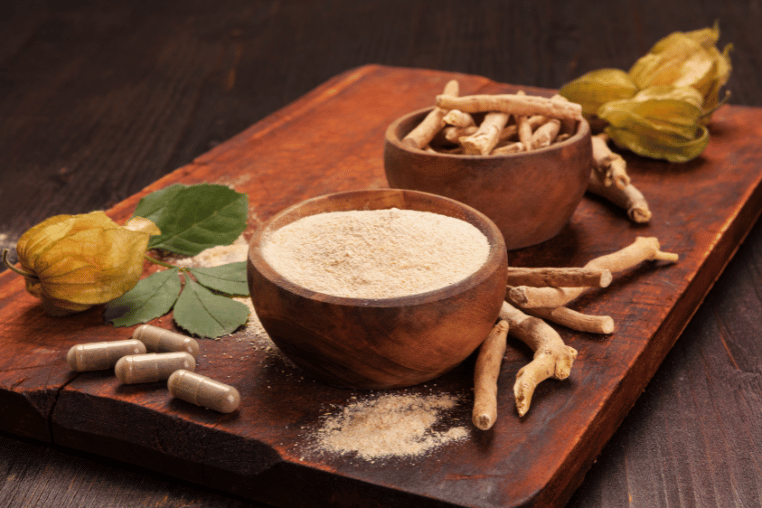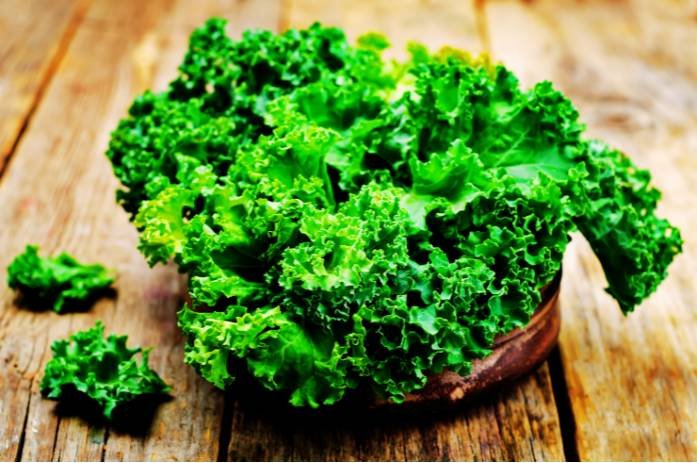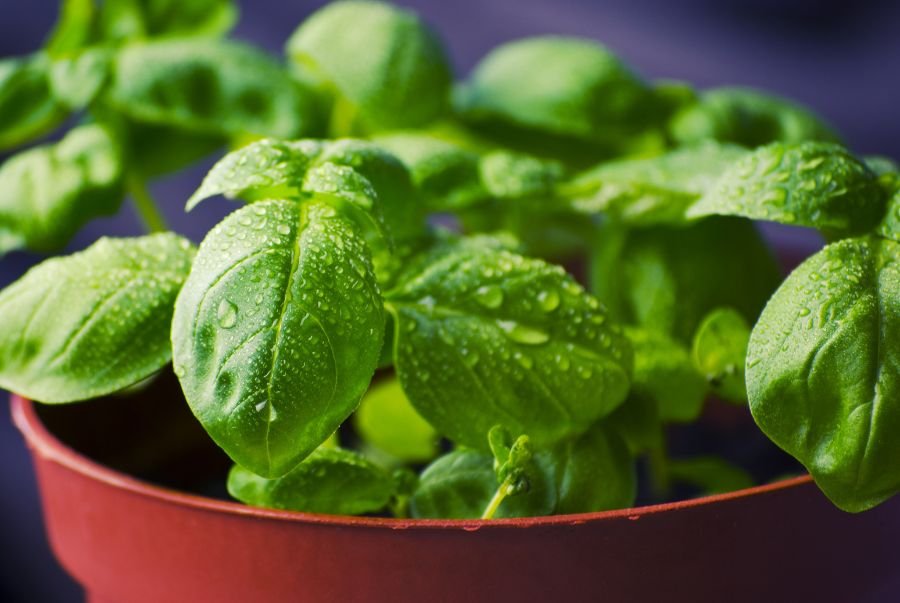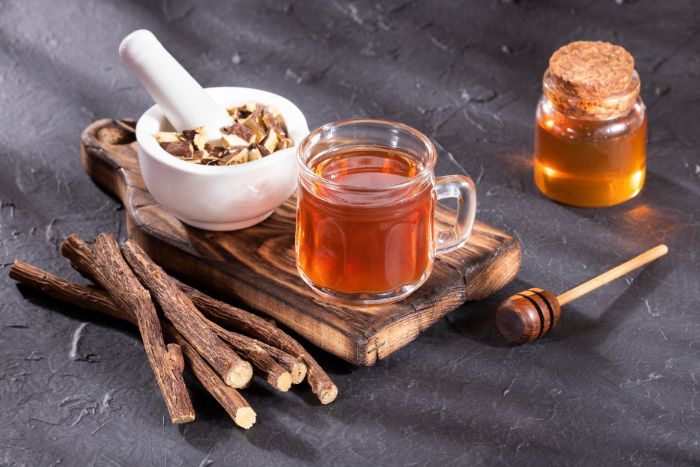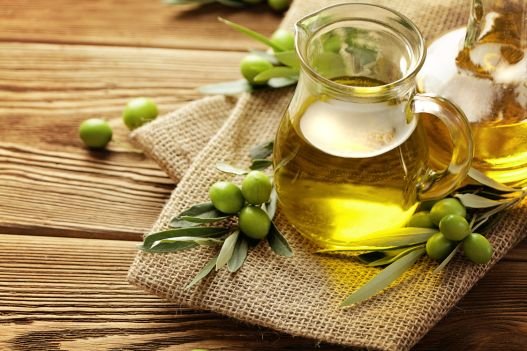
Professional Nutritionist
Introduction
Turmeric, also known by its scientific name Curcuma longa, is a flowering plant that belongs to the ginger family, Zingiberaceae. This vibrant yellow spice has been used for centuries in various cultures for its culinary, medicinal, and therapeutic properties. Originating from the Indian subcontinent, turmeric has become popular worldwide due to its distinct flavor, vibrant color, and potential health benefits. This article aims to provide an in-depth exploration of turmeric, its history, uses, health benefits, and future prospects.
The History of Turmeric
Turmeric boasts a deep-rooted and extensive historical background that spans thousands of years. It originated in the Indian subcontinent and has been used in Ayurvedic and traditional Chinese medicine for its healing properties. It was also highly valued in ancient cultures for its vibrant color and as a dye for textiles. Over time, it spread to other parts of the world, becoming an integral part of various cuisines and medicinal practices.
The use of turmeric can be traced back to ancient Indian civilization, where it was referred to as “Indian saffron” due to its yellow color resembling that of saffron. It was highly revered and used in religious ceremonies, culinary preparations, and traditional medicine. Turmeric’s significance extended beyond its culinary and medicinal uses; it played a vital role in cultural rituals, weddings, and festivals.
Cultivation and Harvesting
Turmeric is primarily cultivated in tropical regions with rich soil and abundant rainfall. It requires a warm climate and well-drained soil for optimal growth. The plant grows from rhizomes, which are underground stems that give rise to new shoots and roots. These rhizomes are part of the plant that is harvested and processed to obtain the bright yellow powder known as turmeric.
The cultivation of turmeric involves several stages. Farmers carefully select healthy rhizomes for planting, ensuring that they have sufficient buds or “eyes” for sprouting. The rhizomes are planted in prepared beds or containers and covered with a layer of soil. They require regular watering, adequate sunlight, and protection from pests and diseases. As the plant grows, it develops lush green leaves and eventually flowers. However, it is the rhizomes that hold the highest concentration of curcumin, the active compound responsible for turmeric’s many benefits.
After approximately 7-10 months of growth, the turmeric plants reach maturity. At this stage, the rhizomes are ready for harvest. Farmers carefully uproot the plants, being cautious not to damage the rhizomes. The harvested rhizomes are then boiled or steamed to soften them, making them easier to peel. Once peeled, the rhizomes are dried in the sun or using specialized drying techniques. Finally, they are ground into a fine powder, ready to be used as a spice.
Composition and Active Components
The key active component of turmeric is curcumin, which is responsible for its vibrant color and many of its health benefits. Curcumin is a polyphenolic compound with potent antioxidant and anti-inflammatory properties. It is this compound that gives turmeric its distinct yellow hue and makes it a powerful natural remedy.
In addition to curcumin, turmeric contains other beneficial compounds. One such compound is turmerone, which is believed to have neuroprotective properties. Turmeric also contains gingerol, a bioactive compound found in ginger, which contributes to its pungent aroma and potential health benefits. Furthermore, turmeric contains various volatile oils that give it its unique flavor profile.
It is important to note that curcumin content in turmeric is relatively low, typically ranging from 2-5%. Therefore, concentrated curcumin extracts or supplements are often used to obtain higher doses of curcumin.
Culinary Uses of Turmeric
Turmeric is widely used in culinary applications, particularly in South Asian, Middle Eastern, and Southeast Asian cuisines. It adds a distinctive flavor and color to dishes such as curries, rice, soups, and marinades. Turmeric’s warm and earthy taste, with subtle hints of bitterness and astringency, complements a wide range of ingredients.
In Indian cuisine, turmeric is a staple spice, commonly used in spice blends like curry powder and garam masala. It is often combined with other spices such as cumin, coriander, and chili to create complex flavor profiles. Turmeric’s vibrant yellow color not only enhances the visual appeal of dishes but also adds depth and warmth to the overall flavor.
Beyond its culinary applications, turmeric is used in food processing as a natural coloring agent. It imparts a bright yellow hue to various food products such as sauces, dressings, snacks, and beverages. Turmeric is favored as a natural alternative to artificial food colorings, as it is free from synthetic additives and offers potential health benefits.
Also Read : Vitamin D Magnesium Turmeric Lemonade Recipe
Medicinal and Therapeutic Benefits
Turmeric has long been recognized for its potential medicinal properties. It is believed to have anti-inflammatory, antioxidant, antimicrobial, and anticancer effects. The active compound curcumin is responsible for many of these health benefits.
The anti-inflammatory properties of turmeric make it valuable in managing chronic inflammation, which is believed to contribute to various health conditions, including arthritis, heart disease, and certain types of cancer. Curcumin has been shown to inhibit inflammatory pathways in the body, reducing the production of pro-inflammatory molecules.
As a potent antioxidant, curcumin helps neutralize harmful free radicals, which are unstable molecules that can damage cells and contribute to chronic diseases. By reducing oxidative stress, curcumin may support overall health and well-being.
Turmeric has also demonstrated antimicrobial activity against various bacteria, viruses, and fungi. It has been used traditionally to treat infections, wounds, and skin conditions. Modern research is exploring turmeric’s potential in fighting antibiotic-resistant bacteria and supporting immune function.
Additionally, curcumin shows promise in cancer prevention and treatment. It has been found to inhibit the growth of cancer cells and induce apoptosis (cell death) in certain types of cancer. However, further research is needed to fully understand the mechanisms involved and establish the optimal dosage and treatment protocols.
Turmeric in Traditional Medicine
In traditional medicine systems like Ayurveda and traditional Chinese medicine, turmeric has been used for centuries to treat a wide range of ailments. It is considered a powerful herb with various therapeutic properties. Traditional healers combine turmeric with other herbs and spices to create potent remedies.
In Ayurveda, turmeric is classified as a “hot” spice with a pungent and bitter taste. It is thought to promote overall well-being by balancing the three doshas—Vata, Pitta, and Kapha. Turmeric is used in Ayurvedic formulations to support digestion, alleviate joint pain, improve skin health, and boost immune function.
In traditional Chinese medicine, turmeric is used to invigorate blood circulation, reduce pain and inflammation, and promote healthy digestion. It is often combined with other herbs to create herbal formulas that address specific health concerns.
Modern Scientific Research
In recent years, extensive scientific research has been conducted to explore the potential health benefits of turmeric. Studies have shown promising results regarding its anti-inflammatory and antioxidant effects, its role in managing chronic conditions like arthritis and diabetes, and its potential in preventing certain types of cancer.
Curcumin’s anti-inflammatory properties have been investigated in the context of various inflammatory diseases, including rheumatoid arthritis, inflammatory bowel disease, and neurodegenerative disorders. Research suggests that curcumin’s ability to modulate multiple molecular pathways involved in inflammation contributes to its therapeutic potential.
The antioxidant properties of curcumin have also attracted significant scientific attention. Oxidative stress, resulting from an imbalance between free radicals and antioxidants in the body, is implicated in numerous chronic diseases. Curcumin’s antioxidant activity helps combat oxidative stress and supports cellular health.
Furthermore, curcumin has shown promise in managing conditions like diabetes and cardiovascular disease. Studies indicate that curcumin may help regulate blood sugar levels, improve insulin sensitivity, and reduce the risk of heart disease by reducing inflammation and oxidative damage.
In the field of cancer research, curcumin’s potential as a chemopreventive and anticancer agent has been extensively studied. It has been found to inhibit the growth and proliferation of cancer cells, induce apoptosis, and suppress angiogenesis (the formation of new blood vessels that support tumor growth). Clinical trials are ongoing to explore curcumin’s effectiveness in combination with standard cancer treatments and its potential to improve patient outcomes.
Despite the promising findings, it is important to note that curcumin’s low bioavailability and rapid metabolism present challenges in delivering therapeutic levels to targeted tissues. Researchers are actively investigating ways to enhance curcumin’s bioavailability through novel formulations and delivery systems.
Side Effects and Precautions
While turmeric is generally considered safe for most people when consumed in moderation through food, higher doses or long-term use of supplements may cause certain side effects such as digestive discomfort or allergic reactions. It may also interact with certain medications, so it is important to seek medical advice if you have any pre-existing health conditions or are taking medications.
Individuals with gallbladder issues, gallstones, or bile duct obstruction should exercise caution when using turmeric or curcumin supplements, as they may stimulate bile production. Additionally, those scheduled for surgery should inform their healthcare providers about their turmeric supplement use, as it may have blood-thinning properties and interact with anesthesia or medications.
Turmeric supplements are generally not recommended for pregnant or breastfeeding women, as there is limited research on their safety in these populations. It is always advisable to consult with a healthcare professional before starting any new supplements or making significant changes to your health regimen.
Turmeric in Skincare and Beauty
Turmeric’s anti-inflammatory and antioxidant properties make it a popular ingredient in skincare and beauty products. It is believed to have skin-brightening, acne-fighting, and anti-aging effects. Turmeric face masks, creams, and oils are often used to improve the complexion, reduce skin inflammation, and promote a healthy glow.
When used topically, turmeric can help soothe irritated skin, reduce redness, and enhance the overall radiance of the skin. It may also aid in reducing acne and improving the appearance of scars and dark spots. Turmeric-based skincare products are available in various forms, including masks, serums, cleansers, and spot treatments.
It is important to note that turmeric can stain the skin and clothing due to its vibrant yellow color. Precautions should be taken to avoid contact with light-colored fabrics and to thoroughly rinse off any turmeric-based products after use.
Culinary and DIY Applications
Apart from its culinary and medicinal uses, turmeric has found its way into various DIY applications. It is used as a natural dye for fabrics, creating vibrant yellow hues. It can also be used as a natural cleaning agent and as a component in homemade beauty products like scrubs and toothpaste.
To create a natural fabric dye using turmeric, the powdered spice is mixed with hot water to form a paste. The fabric is soaked in this paste and then rinsed thoroughly to remove excess dye. The result is a beautiful yellow color that can be used for dyeing various textiles.
Turmeric’s natural antimicrobial and stain-removing properties make it a suitable ingredient for DIY cleaning solutions. It can be combined with other household ingredients like vinegar, baking soda, or lemon juice to create effective and non-toxic cleaning products.
In the realm of DIY beauty, turmeric can be combined with ingredients like honey, yogurt, or coconut oil to create face masks, exfoliators, and moisturizers. These homemade treatments are believed to nourish the skin, improve its texture, and promote a healthy complexion.
The Future of Turmeric Research
With its long history of traditional use and promising scientific research, turmeric continues to garner attention in the medical and scientific communities. Ongoing studies aim to uncover new potential applications and therapeutic benefits of this remarkable spice. Continued research will help refine our understanding of turmeric’s mechanisms of action and its role in promoting human health.
Researchers are exploring innovative ways to enhance the bioavailability of curcumin and improve its therapeutic potential. Techniques such as nanoparticle encapsulation and liposomal delivery systems are being investigated to overcome the challenges associated with curcumin’s low absorption and rapid metabolism.
The emerging field of nutrigenomics, which focuses on the interaction between nutrients and gene expression, may shed further light on turmeric’s effects at a molecular level. Understanding how turmeric’s bioactive compounds influence gene expression and cellular pathways could pave the way for personalized nutrition approaches and targeted interventions.
Furthermore, as interest in natural and plant-based remedies continues to grow, turmeric’s popularity is expected to increase. The development of novel turmeric-based products, such as functional foods, beverages, and nutraceuticals, will likely expand as consumers seek out natural alternatives to support their health and well-being.
Quick Review
Turmeric, with its vibrant color and a myriad of potential health benefits, has captured the attention of people worldwide. From its historical roots in traditional medicine to its modern scientific exploration, turmeric continues to be valued for its culinary, medicinal, and therapeutic properties. As research progresses, we can expect to uncover even more exciting aspects of this remarkable spice.
